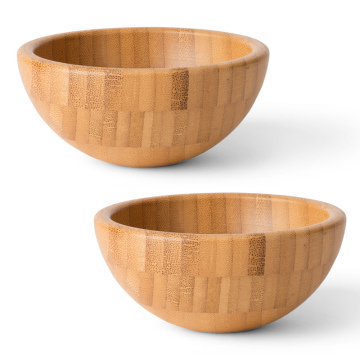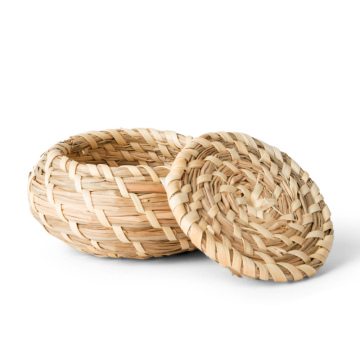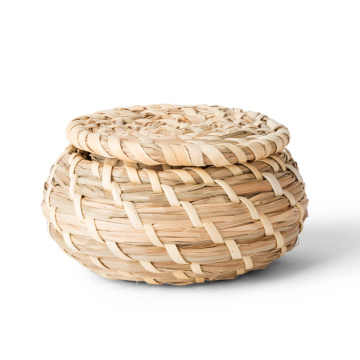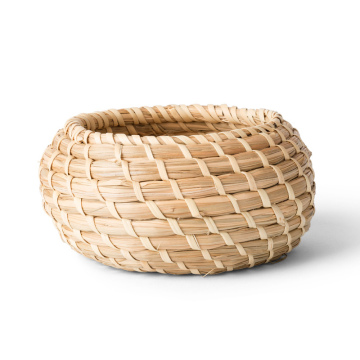Introduction to Japanese Cuisine
Japanese cuisine is renowned worldwide for its unique blend of flavors, meticulous presentation, and the harmonious use of seasonal ingredients. Rooted in centuries of tradition, this culinary art emphasizes simplicity and balance, making it not just a meal, but an experience that engages all the senses. The philosophy behind Japanese cooking places great importance on the freshness of ingredients, which reflects the changing seasons and the cultural significance of each food item. Through techniques that celebrate texture and color, Japanese dishes are often visual masterpieces that captivate as much as they satisfy.
The essence of Japanese cuisine lies in its pursuit of umami, often regarded as the fifth taste. This flavor is skillfully incorporated into many dishes, enhancing the overall taste profile without overpowering other elements. Combining ingredients in a way that each component complements the others, Japanese chefs focus on drawing out natural flavors rather than masking them. This delicate approach is evident in iconic dishes like sashimi, which showcases the purity of fresh fish, and tempura, which exemplifies a lighter style of frying, allowing the inherent flavors of the ingredients to shine through.
Moreover, attention to detail is paramount in Japanese culinary tradition. The aesthetic presentation of dishes, often accompanied by small bowls and garnishes, reflects the reverence for food and the dining experience. Whether in a traditional kaiseki meal, where courses are presented in a sequence that tells a story, or in casual dining, the visual appeal remains an integral aspect. This dedication to aesthetics, combined with the use of high-quality, seasonal ingredients, makes Japanese cuisine a profound expression of cultural identity, connecting people to their heritage and to one another through the joy of sharing food.
The Art of Tempura: A Crunchy Delight
Tempura is not just a culinary dish; it is an art form that embodies the essence of Japanese cuisine. Originating in the 16th century during the Nanban period, tempura was influenced by Portuguese missionaries and traders who introduced the concept of batter-fried food. Over time, tempura has evolved into a celebrated staple in Japanese dining, recognized for its light, crispy texture and array of ingredients.
The preparation of tempura involves a delicate balance of ingredients and techniques. Commonly used vegetables include sweet potatoes, eggplants, and bell peppers, while seafood options often feature shrimp, squid, and white fish. These ingredients are chosen for their ability to retain moisture, which ensures a delightful contrast of textures when fried. The batter, typically composed of flour, cold water, and sometimes egg, is mixed lightly to retain lumps, creating the distinctive crispiness that tempura is known for.
Temperature control is vital in tempura frying. The ideal oil temperature, typically between 160°C to 180°C (320°F to 356°F), ensures that the batter cooks quickly, forming a golden-brown crust while sealing in the moisture of the ingredients. Overheating the oil can cause the batter to burn, while insufficient heat leads to greasy, soggy tempura. Chefs often use small test pieces to gauge the temperature before immersing the main ingredients.
When serving tempura, it is often accompanied by a dipping sauce called tentsuyu, made from a blend of dashi, soy sauce, and mirin. This enhances the dish's flavor while providing a contrasting umami profile. To fully appreciate the crunchiness of tempura, it is best enjoyed immediately after frying, as this preserves the delicate texture. With its rich history and sophisticated preparation methods, tempura remains a highlight in the diverse landscape of Japanese cuisine.
Sashimi: The Freshness of the Sea
Sashimi, a quintessential element of Japanese cuisine, epitomizes the art of showcasing the freshness of fish and seafood. This dish often includes thinly sliced raw fish, which is celebrated not only for its delicate texture but also for its ability to convey the natural flavors of the sea. The meticulous preparation of sashimi requires an array of techniques honed over generations, each contributing to the overall dining experience.
The types of fish and seafood used in sashimi are diverse, encompassing options such as tuna, salmon, mackerel, and octopus, among others. Each type of ingredient offers unique characteristics, which chefs highlight through careful selection and preparation. High-quality sashimi begins with sourcing the freshest ingredients, as the flavor and texture depend greatly on the quality of the seafood. This freshness is essential because sashimi is typically served raw, making it crucial to ensure that the ingredients are both safe to consume and pleasing to the palate.
Traditional accompaniments play an important role in enhancing the sashimi experience. Soy sauce, known for its umami flavor, is often used for dipping, while wasabi adds a hint of spiciness, complementing the smoothness of the fish. Other garnishes, such as daikon radish or shiso leaves, not only provide visual appeal but can also enhance the overall taste profile of the dish. The presentation of sashimi is often elaborate, reflecting the cultural significance of the dish in Japanese dining.
In Japanese dining tradition, sashimi is more than just a meal; it symbolizes the appreciation of simplicity and the beauty of nature. Therefore, the preparation and serving of sashimi are regarded as acts of art, with an emphasis on freshness and quality at the core of this beloved culinary practice. The experience of enjoying sashimi is as much about the taste as it is about the reverence for the ingredients and the culture they represent.
Pairing Tempura and Sashimi: A Culinary Harmony
When considering a dining experience that exemplifies the sophistication of Japanese cuisine, the combination of tempura and sashimi stands out. These two dishes, while distinctive in their preparation and taste, create a remarkable balance on the palate. Tempura, with its light, crispy batter and varied ingredients, contrasts beautifully with the delicate, fresh textures of sashimi, which showcases the purity of high-quality fish. This harmonious pairing invites diners to appreciate the diverse culinary aspects of Japanese gastronomy.
The key to a successful pairing lies in the thoughtful selection of ingredients. For instance, a robust tempura, perhaps featuring sweet potato or shrimp, can offer a satisfying crunch, while sashimi made from buttery cuts of salmon or tuna provides creamy textures. The interplay of these contrasting mouthfeels elevates the dining experience, allowing each bite to offer a unique flavor journey. Additionally, enhancing the dishes with dipping sauces, such as a light soy sauce for sashimi or a delicate tentsuyu for tempura, can further enrich the taste profiles, making them even more satisfying.
Alongside food, beverage selections play a critical role in complementing this meal. Sake, with its variety of flavors ranging from crisp and dry to sweet, pairs excellently with both tempura and sashimi. Green tea is another traditional choice, providing a refreshing contrast that balances the umami of the dishes. For a more adventurous option, one might consider pairing the meal with a shochu, a distilled spirit that can cleanse the palate between bites.
When setting up the dining experience, consider arranging the dishes artistically to highlight their beauty. Use elegant serving platters, and perhaps incorporate seasonal garnishes like edible flowers or herbs. A well-thought-out presentation, together with the delicate textures and flavors of tempura and sashimi, will create a memorable meal that showcases the best of Japanese culinary traditions.











